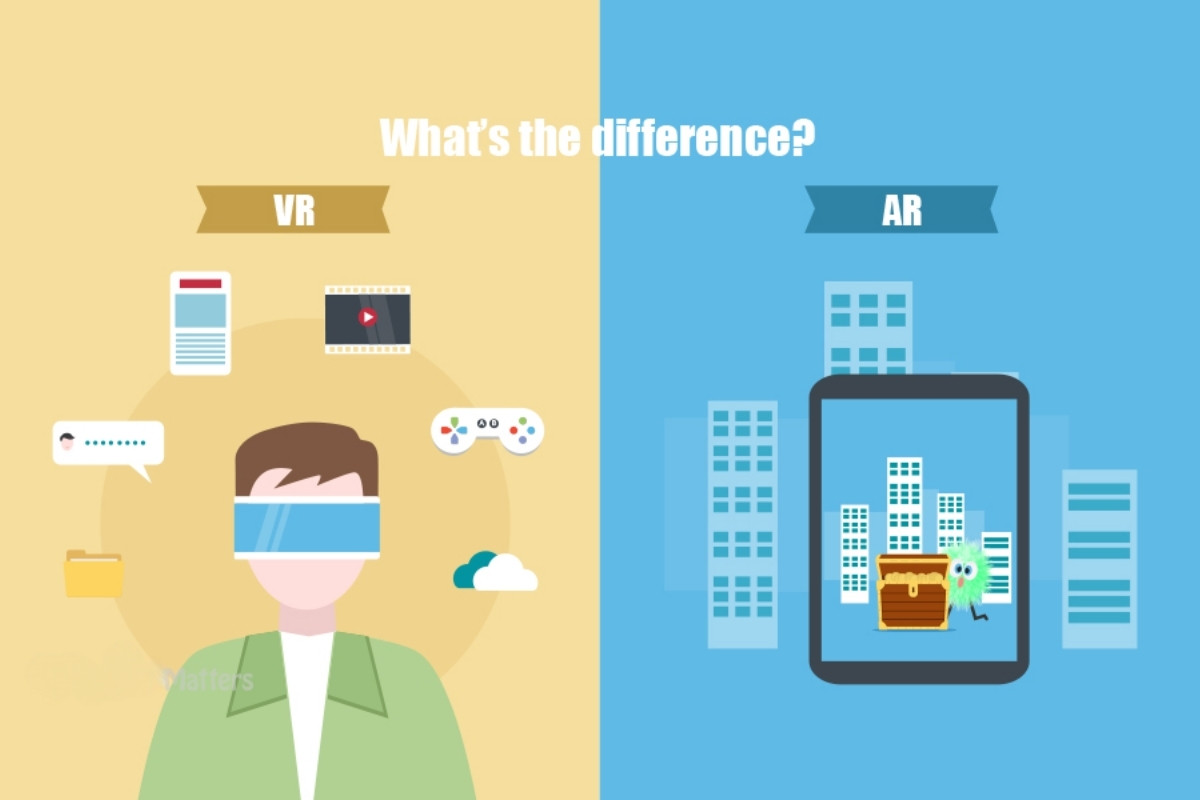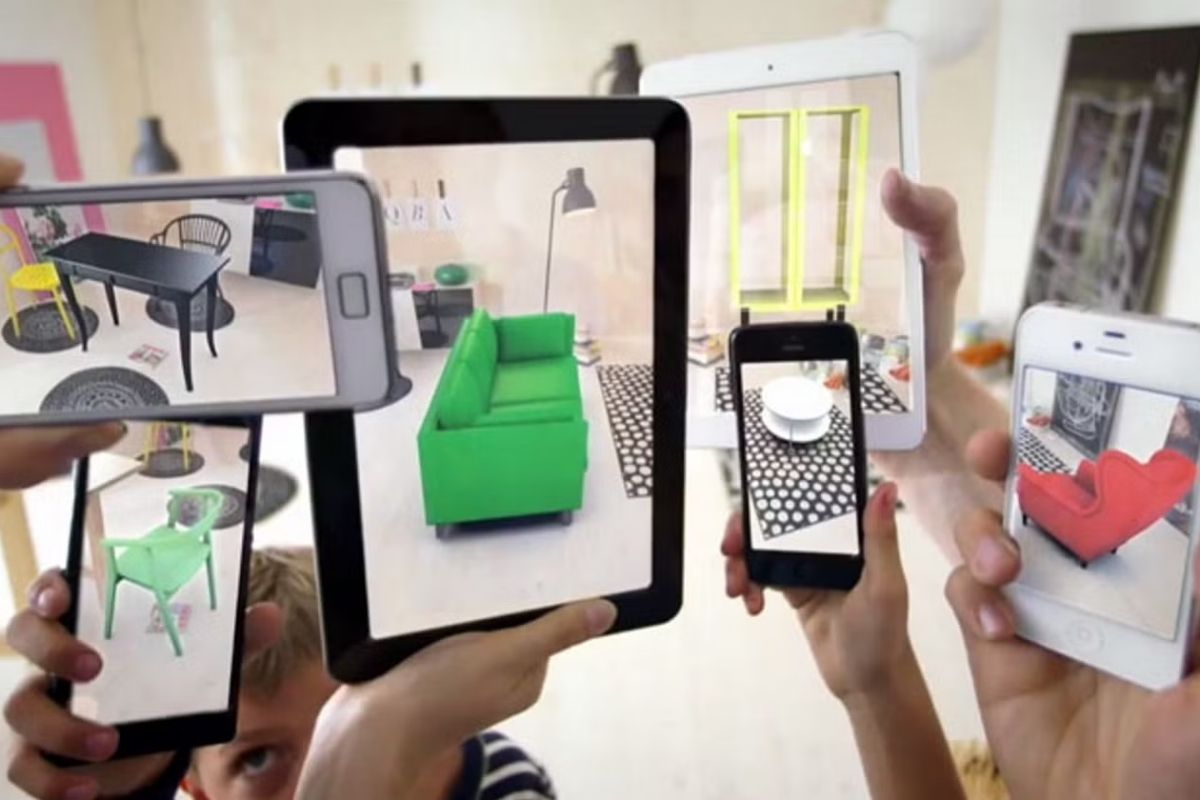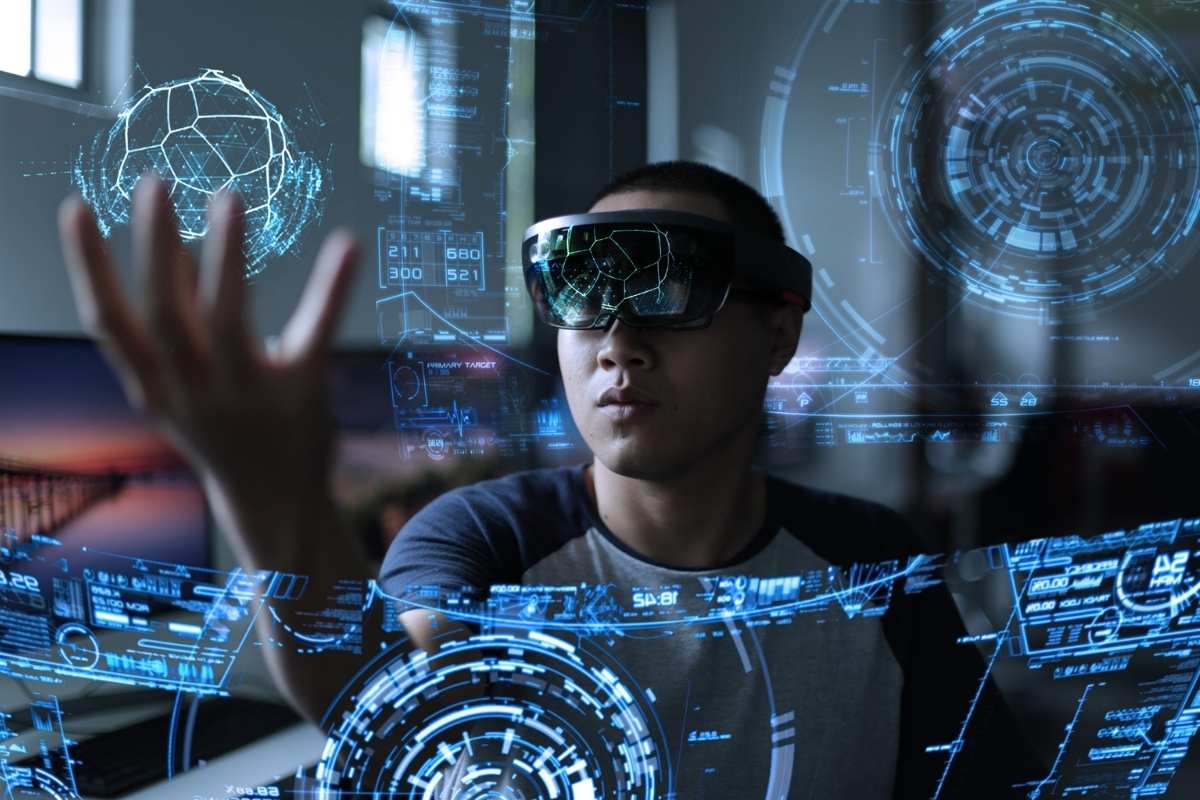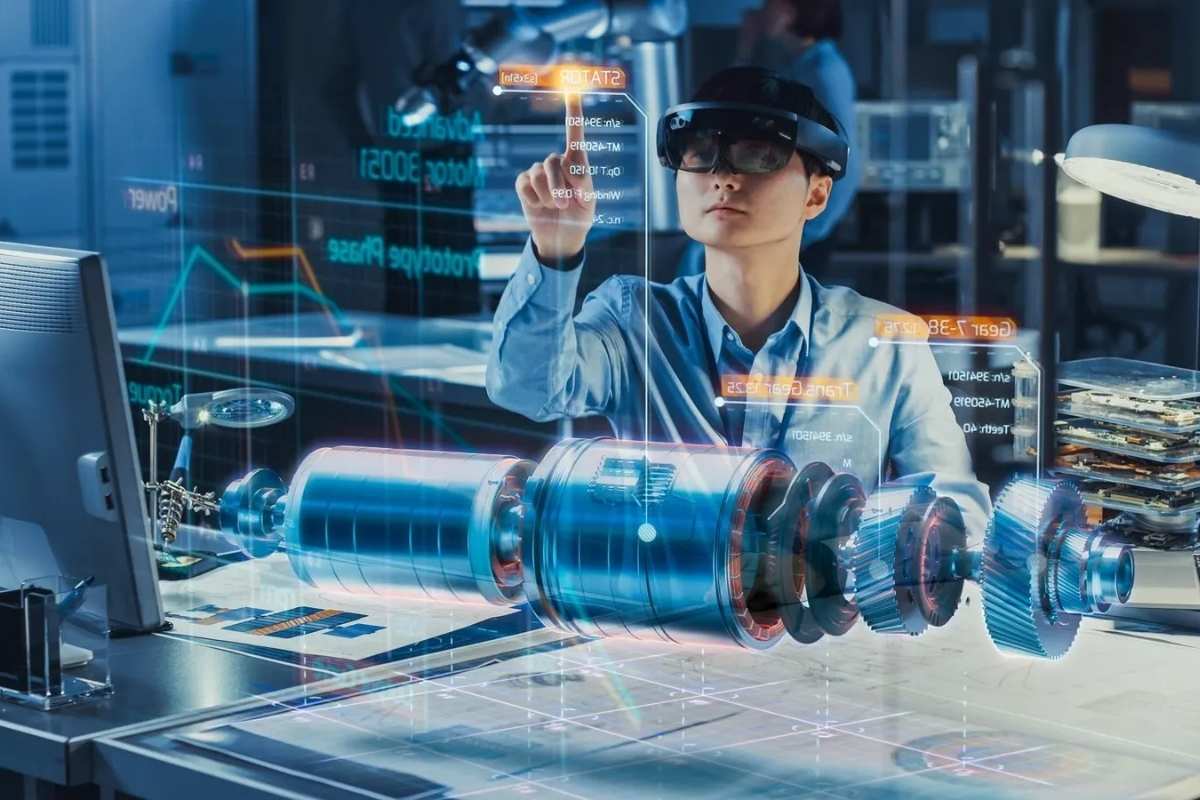Technology continues to advance at an unprecedented pace, and two of the most exciting developments in recent years are Augmented Reality (AR) and Virtual Reality (VR). While both technologies offer immersive digital experiences, they differ significantly in their approach and application. This article will explore the key differences between AR and VR, their real-world uses, and what the future holds for both.

What is Augmented Reality (AR)?
Augmented Reality (AR) enhances the real world by overlaying digital content onto a user’s physical environment. Unlike VR, which creates a completely immersive experience, AR works in tandem with the real world.
Key Features of AR:
- Enhances the Real World: AR does not replace reality but adds to it by integrating digital elements.
- Uses Real-Time Interaction: AR applications respond to changes in the environment in real time.
- Accessible Through Multiple Devices: AR can be accessed via smartphones, tablets, smart glasses, and even AR headsets like the Microsoft HoloLens.
Read more: Cloud Computing vs. Edge Computing: What’s the Difference?
Popular AR Applications:
- Gaming: Pokémon GO is a famous example of AR in gaming, where digital creatures appear in real-world locations.
- Retail & Shopping: IKEA Place allows users to visualize furniture in their homes before making a purchase.
- Healthcare: AR is used for surgical simulations and anatomy visualization.
- Education: Apps like Google Lens provide interactive learning experiences by overlaying information on real-world objects.

What is Virtual Reality (VR)?
Virtual Reality (VR) creates a fully immersive digital environment that isolates the user from the real world. Users wear VR headsets that transport them into a completely virtual space, making them feel as if they are inside a different reality.
Key Features of VR:
- Fully Immersive: Users enter a completely digital world, losing connection with their physical surroundings.
- Requires Specialized Equipment: VR experiences are accessed through headsets like the Oculus Quest, HTC Vive, or PlayStation VR.
- Interactive & 3D: Users can interact with the virtual environment through hand controllers and motion tracking.
Popular VR Applications:
- Gaming & Entertainment: VR gaming offers fully immersive experiences in titles like Beat Saber and Half-Life: Alyx.
- Training & Simulation: Industries such as aviation and medicine use VR for training pilots and surgeons in risk-free environments.
- Virtual Tourism: Users can explore historical landmarks and exotic destinations without leaving their homes.
- Therapy & Rehabilitation: VR is used in exposure therapy to treat anxiety, PTSD, and phobias.
Key Differences Between AR and VR
| Feature | Augmented Reality (AR) | Virtual Reality (VR) |
|---|---|---|
| Environment | Enhances real world | Fully immersive virtual world |
| Equipment | Smartphone, tablet, smart glasses | VR headset, motion controllers |
| Interaction | Overlays digital content on real surroundings | Completely replaces real-world surroundings |
| Use Cases | Retail, healthcare, gaming, education | Gaming, training, therapy, tourism |
| User Experience | User stays aware of their physical space | User is completely immersed in the digital world |
The Future of AR and VR
Both AR and VR are evolving rapidly, and their potential is vast. Here are some exciting trends to watch:
The Future of AR:
- AR Glasses & Wearables: Companies like Apple and Google are developing AR glasses that could replace smartphones in the future.
- AI Integration: AR powered by Artificial Intelligence could offer more intelligent and adaptive experiences.
- Expanded Use in Healthcare: AR could revolutionize surgeries and medical training by providing real-time guidance.

The Future of VR:
- More Realistic Experiences: Advancements in haptic feedback, eye tracking, and 3D audio will make VR more immersive.
- Wider Business Adoption: VR will be used for virtual meetings, employee training, and customer interactions.
- Metaverse Development: Tech giants like Meta (formerly Facebook) are investing heavily in the metaverse, a digital universe where people can socialize, work, and play.

Conclusion
Both Augmented Reality (AR) and Virtual Reality (VR) offer unique and transformative experiences, but they serve different purposes. While AR enhances our physical world with digital elements, VR creates an entirely new reality for users to explore. As technology advances, both AR and VR will continue to shape industries, entertainment, and everyday life. Whether you’re a gamer, a professional, or simply a tech enthusiast, these innovations are paving the way for an exciting digital future.


